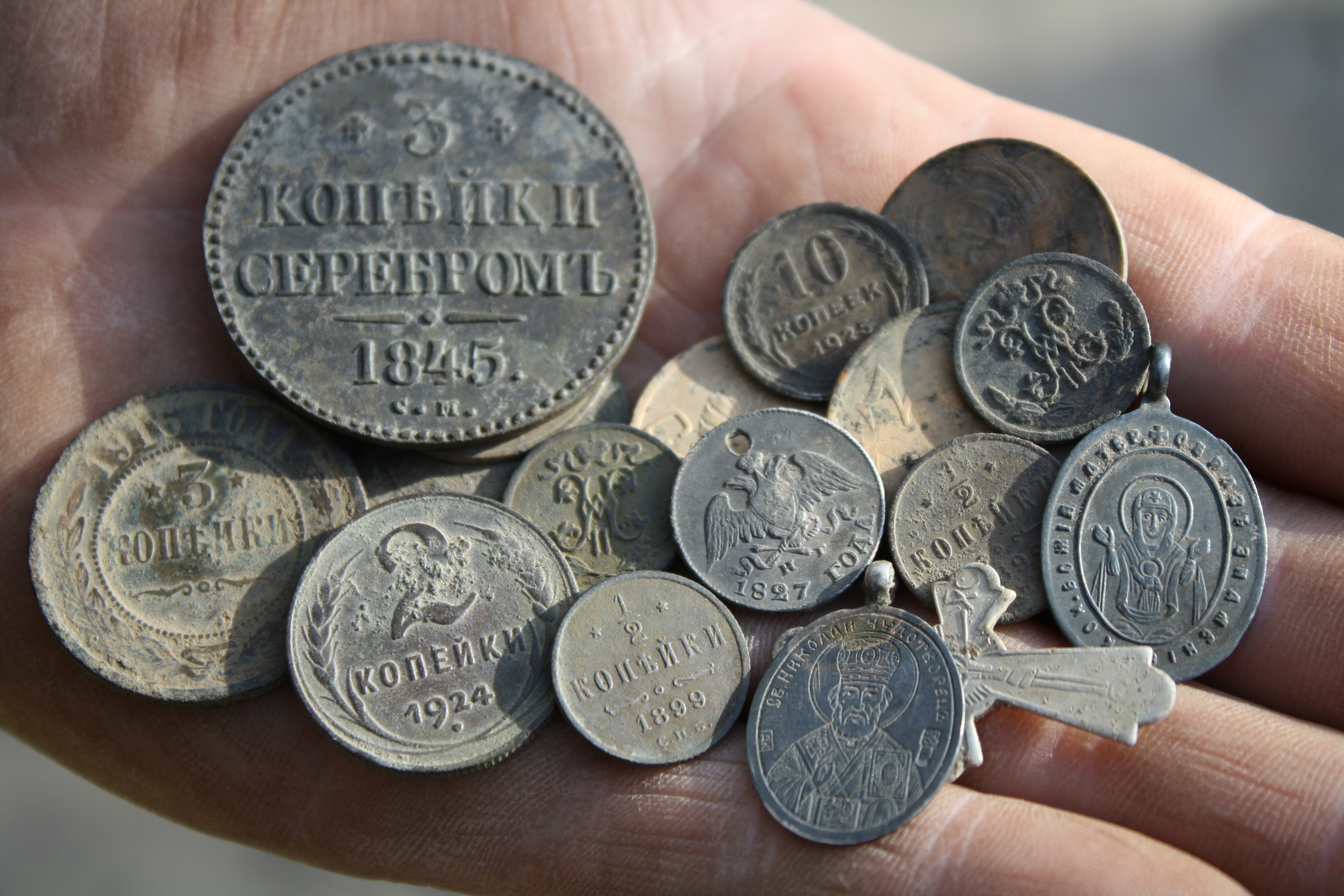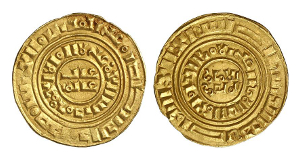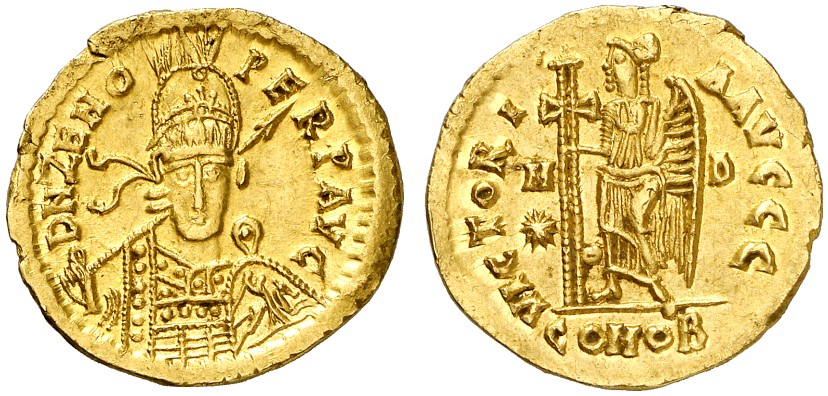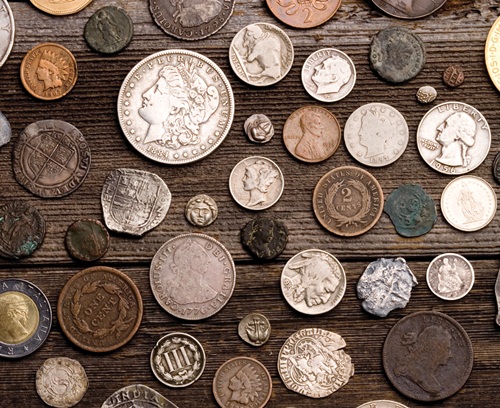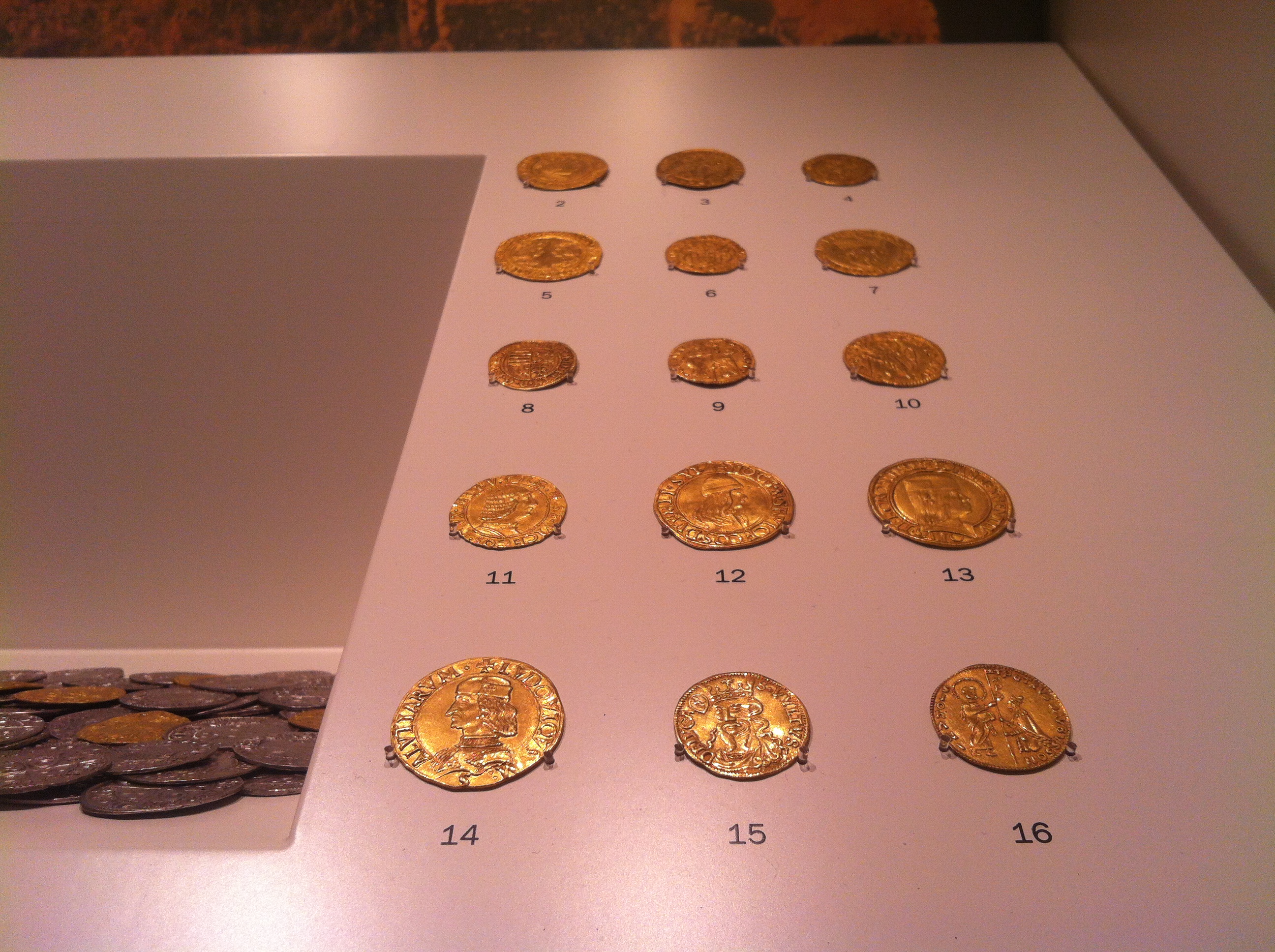class stratification
Medieval coins (ca. 500-1500)
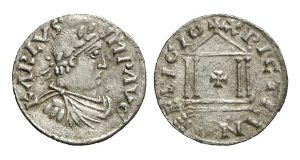 Medieval coins (ca. 500-1500)The Middle Ages spanned 1,000 years of European history, starting with the earliest chased coins of the German successor states of the Roman Empire during the Great Migration and ending with the coins of Emperor Maximilian I (1486-1519), the “last knight”.
Medieval coins (ca. 500-1500)The Middle Ages spanned 1,000 years of European history, starting with the earliest chased coins of the German successor states of the Roman Empire during the Great Migration and ending with the coins of Emperor Maximilian I (1486-1519), the “last knight”.
The Middle Ages opens up great opportunities for the collector. This area of collecting includes interesting types of coins of the era, which laid the foundations of modern European monetary and monetary affairs. Continue reading
FALSIFICATION AND COINS
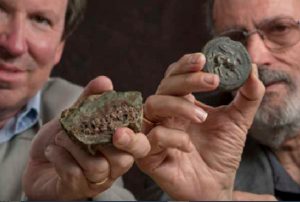 The whole history of numismatics is a kind of struggle with various fakes and other types of falsification. Even novelists, going from hands to hands of collectors, out of ignorance or for other reasons, begin to be called originals. Counterfeiters resort to all sorts of tricks to make the coin look like a script.
The whole history of numismatics is a kind of struggle with various fakes and other types of falsification. Even novelists, going from hands to hands of collectors, out of ignorance or for other reasons, begin to be called originals. Counterfeiters resort to all sorts of tricks to make the coin look like a script.
Counterfeiting is not to be confused with the falsification of collection coins. If in the first case the falsifier forges a collectible, in the other case the object of falsification is the means of payment. There are a lot of very experienced coin collectors, who chose the fake coins of different countries and peoples as the theme of their collecting. Continue reading
COIN NOT ON POCKET
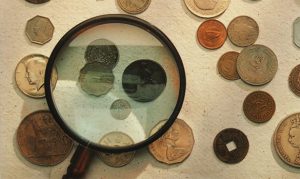 This coin really can not afford neither in size nor in weight.
This coin really can not afford neither in size nor in weight.
She appeared in the reign of Catherine I. True, her institution was not original.
In the first half of the 17th century, a new means of payment was introduced in Sweden: square plates. One daller, made of Swedish copper, weighed 1 kg 350 g. How not to understand respectable Swedish burghers, whose hearts and pockets undermined the heavy plates! But after all, the greatness of Sweden required a lot of silver, sailing away to endless wars … Continue reading
